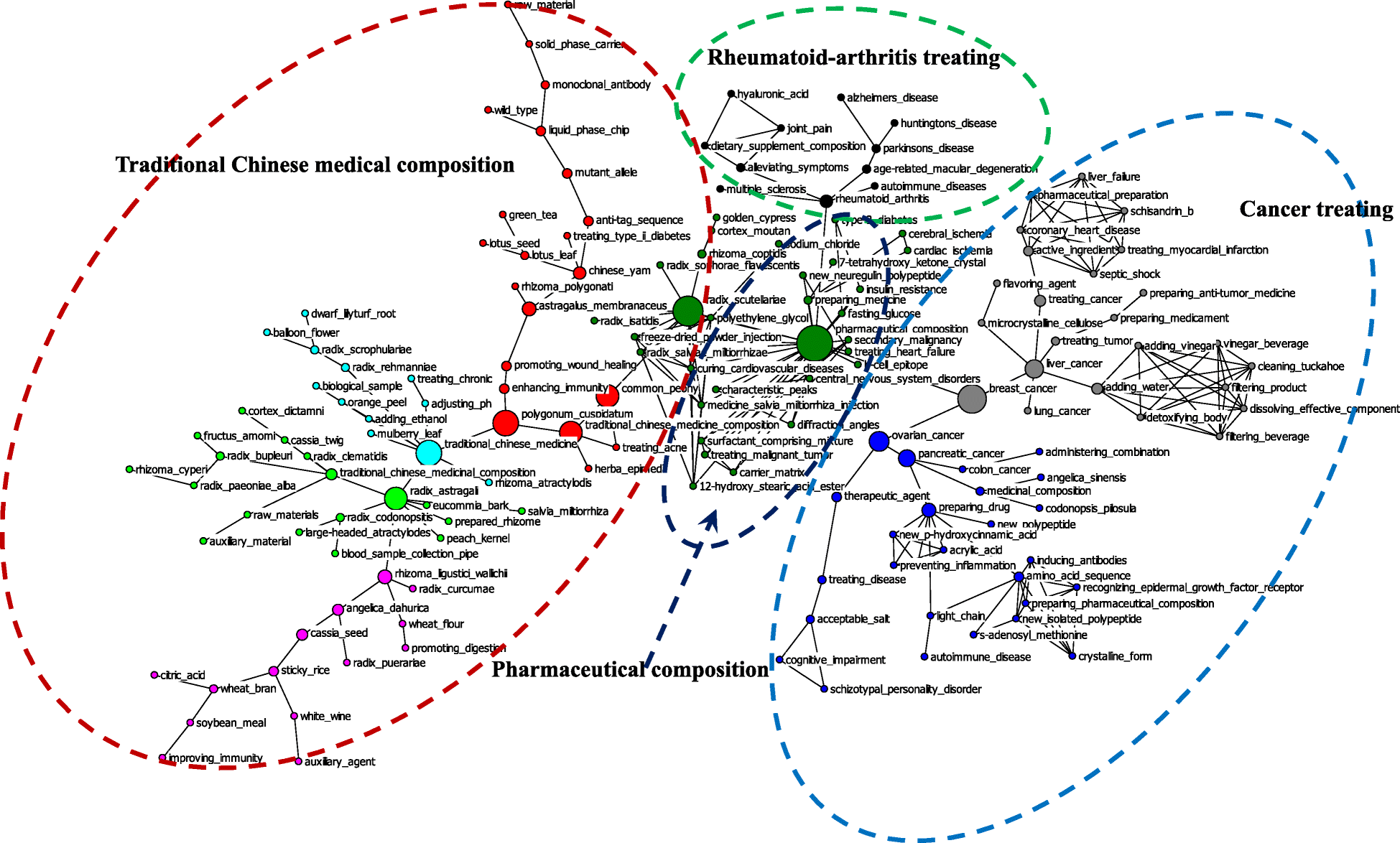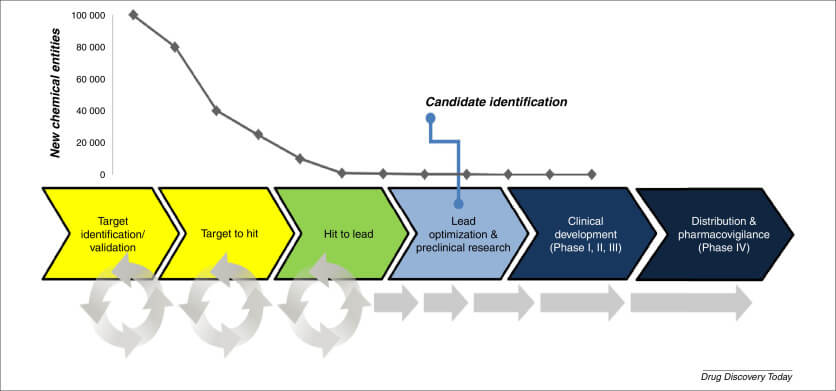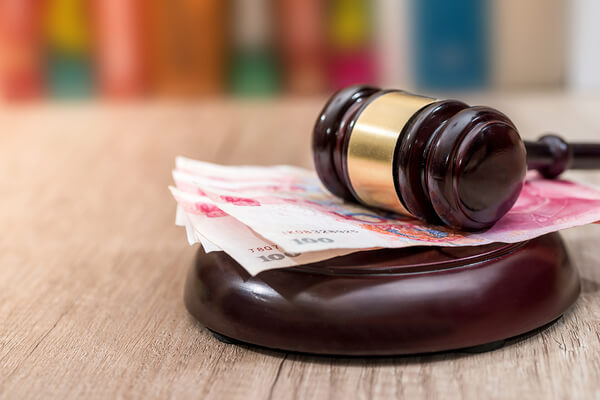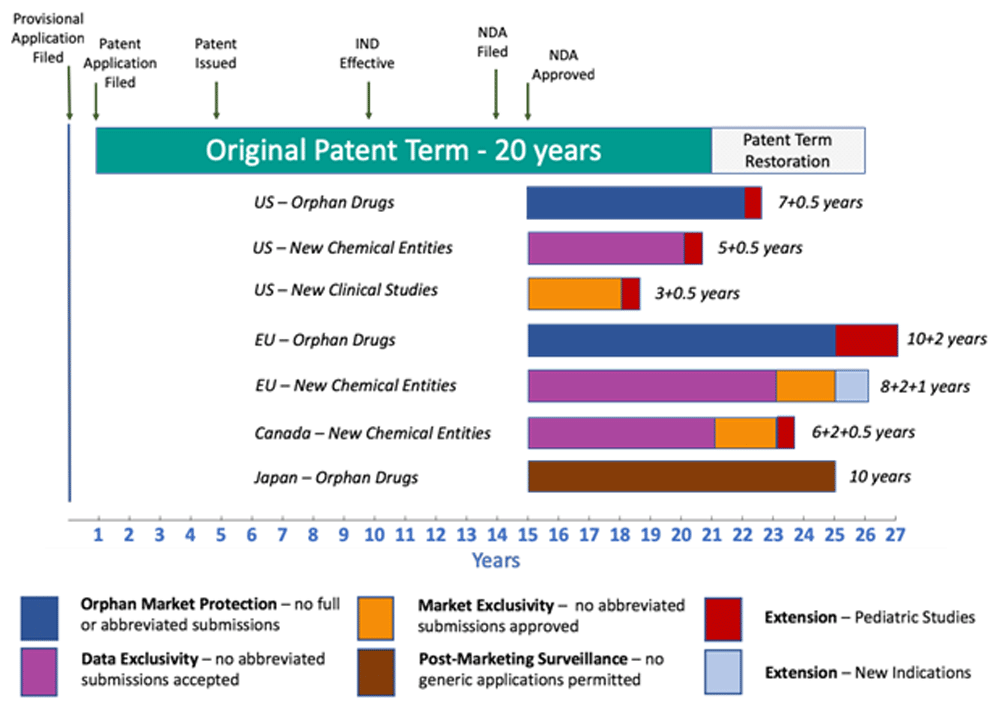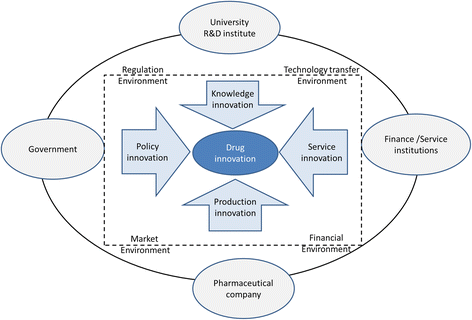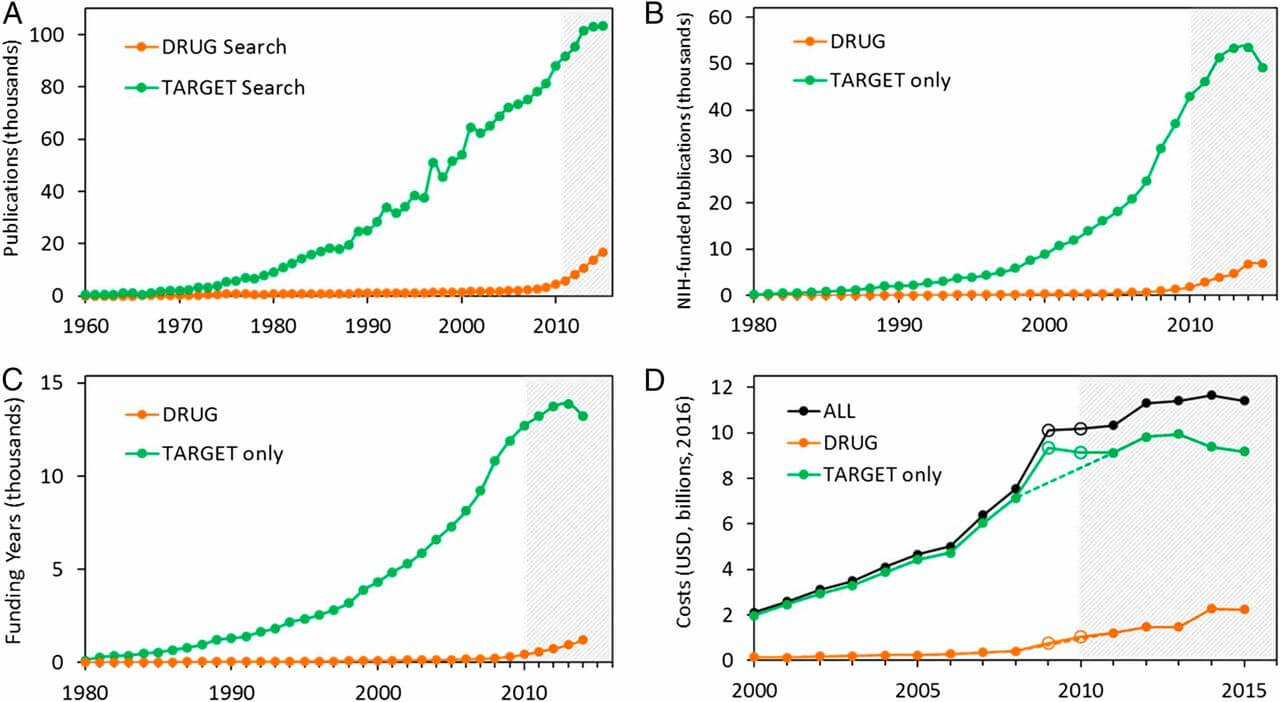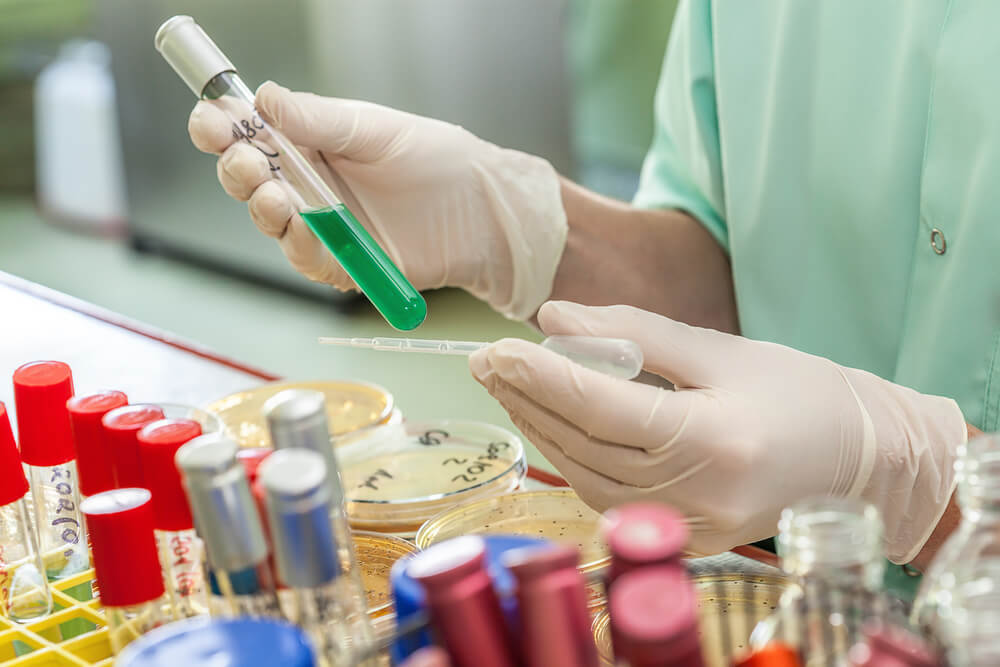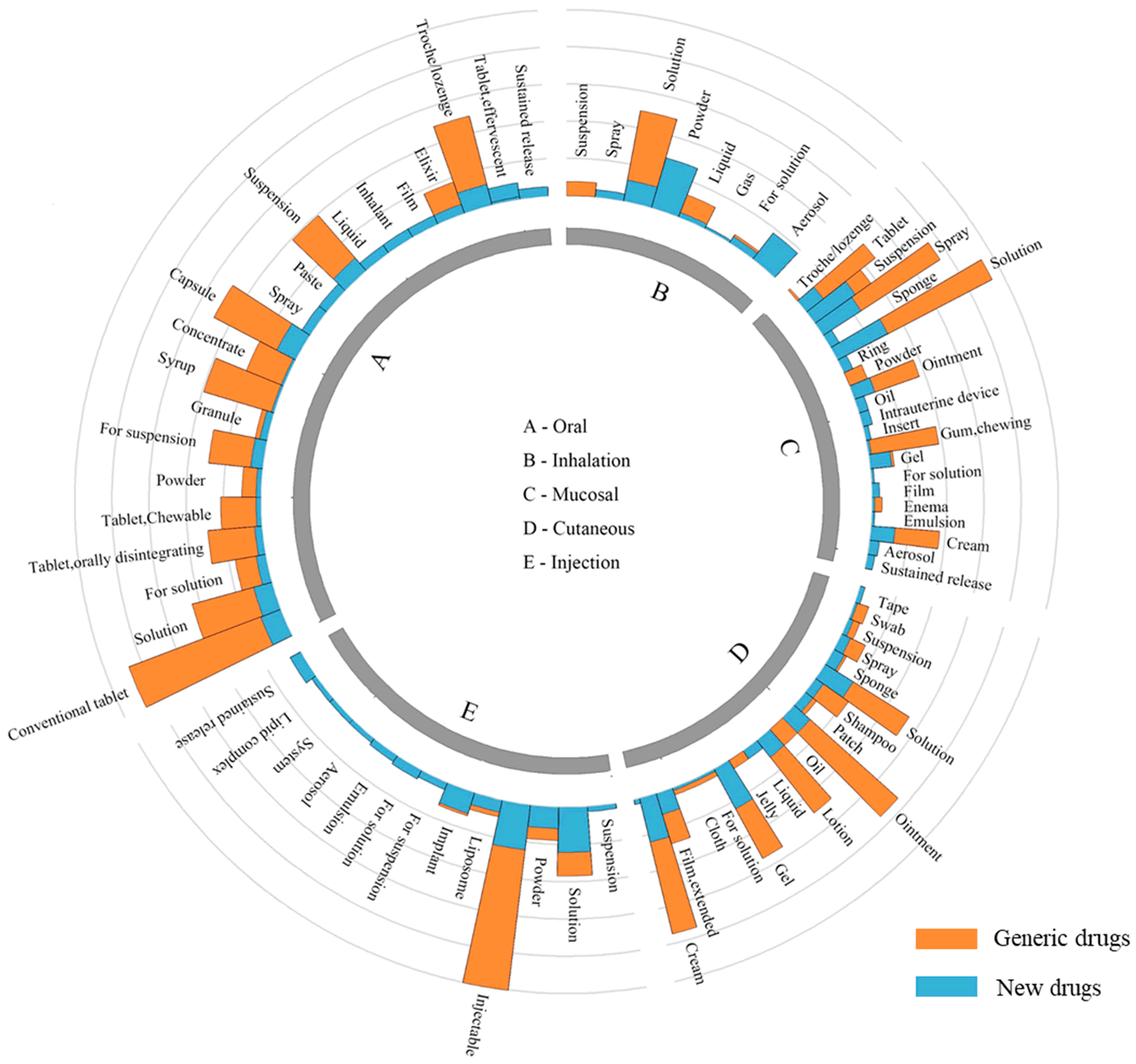Introduction

In the rapidly evolving landscape of pharmaceutical patent disputes in China, injunctive relief has emerged as a critical tool for patent holders. This legal remedy, which aims to halt infringement activities swiftly, plays a pivotal role in protecting intellectual property (IP) rights and fostering innovation. As China’s pharmaceutical market continues to grow, understanding the nuances of leveraging injunctive relief becomes increasingly important for both domestic and international stakeholders.
The Legal Framework
China’s patent law has undergone significant changes in recent years, particularly with the introduction of the “dual-track” early resolution mechanism under Article 76 of the Fourth Amendment of the Patent Law, effective June 1, 2021. This mechanism allows innovative drug patent holders to initiate civil actions or seek administrative determinations against generic drug applicants to stay the marketing approval process for generic drugs[1].
The National Medical Products Administration (NMPA) and the China National Intellectual Property Administration (CNIPA) have established the China Patent Information Registration Platform for Marketed Drugs (CPIRPMD), akin to the Orange Book in the United States. This platform requires generic drug applicants to file patent declarations based on the status of listed patents, thereby facilitating the early resolution of patent disputes[1].
Injunctive Relief: A Strategic Tool
Injunctive relief, particularly preliminary injunctions, is a powerful tool in pharmaceutical patent disputes. It allows patent holders to prevent the marketing of infringing generic drugs before a final court decision is made. This measure is crucial in averting irreparable harm and maintaining market exclusivity for patented drugs[2].
Expert Insight:
“Preliminary injunctions are essential in the pharmaceutical industry due to the high stakes involved. They provide a swift remedy to prevent potential market erosion and protect the substantial investments made in drug development,” says Dr. Li Wei, an IP litigation expert at Fangda Partners[3].
Case Studies and Examples
Several high-profile cases illustrate the effective use of injunctive relief in China. For instance, in a recent dispute involving a major international pharmaceutical company, the Chinese courts granted a preliminary injunction to halt the marketing of a generic drug that allegedly infringed on the company’s patent. This decision underscored the courts’ willingness to protect patent rights and provided a significant precedent for future cases[3].
Challenges and Considerations
While injunctive relief offers substantial benefits, it also presents challenges. The Chinese legal system’s bifurcated nature, where patent validity and infringement are often handled separately, can complicate the process. Additionally, the increasing trend of patent invalidation by Chinese courts and administrative panels poses a significant risk to patent holders[4].
Pullquote:
“Injunctive relief is a double-edged sword. While it can provide immediate protection, the risk of patent invalidation remains a critical concern for pharmaceutical companies operating in China,” notes Dr. Zhang Ming, a senior partner at Jones Day[1].
Strategic Approaches
To effectively leverage injunctive relief, pharmaceutical companies should adopt a multi-faceted strategy:
- Early Registration: Ensure timely registration of patents with the CPIRPMD to facilitate early resolution of disputes.
- Comprehensive Documentation: Maintain detailed records and evidence to support claims of patent infringement.
- Parallel Proceedings: Coordinate legal actions in multiple jurisdictions to strengthen the overall litigation strategy.
- Engage Local Expertise: Collaborate with local legal experts who understand the intricacies of the Chinese legal system.
Conclusion
Injunctive relief remains a vital component of pharmaceutical patent litigation in China. As the market continues to expand and competition intensifies, understanding and effectively utilizing this legal remedy will be crucial for protecting IP rights and fostering innovation. By adopting strategic approaches and staying informed about legal developments, pharmaceutical companies can navigate the complexities of the Chinese patent landscape and safeguard their valuable assets.
Sources
- Jones Day. “Patent Linkage and Article 76 Proceedings in China: A Litigator’s Perspective.” September 13, 2021.
- IAM Media. “Leveraging Injunctive Relief in Pharmaceutical Patent Disputes in China.” June 24, 2024.
- Chambers and Partners. “Life Sciences & Pharma IP Litigation 2024 – China.” January 30, 2024.
- Selendy Gay Elsberg. “Tracking China’s Push To Invalidate Foreign Patents.” June 20, 2024.
- Covington & Burling LLP. “A Comparison Of Patent Dispute Resolution In US And China.” November 29, 2023.
Citations:
[1] https://www.jonesday.com/en/insights/2021/09/patent-linkage-and-article-76-proceedings-in-china-a-litigators-perspective
[2] https://www.iam-media.com/guide/global-life-sciences/2024/article/leveraging-injunctive-relief-in-pharmaceutical-patent-disputes-in-china
[3] https://practiceguides.chambers.com/practice-guides/life-sciences-pharma-ip-litigation-2024/china
[4] https://www.selendygay.com/news/publications/2024-06-20-tracking-chinas-push-to-invalidate-foreign-patents
[5] https://www.cov.com/-/media/files/corporate/publications/2023/11/a-comparison-of-patent-dispute-resolution-in-us-and-china–law360-official-reprint.pdf



